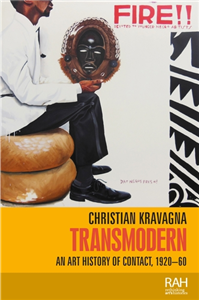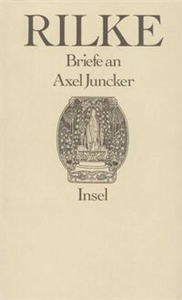Roman
Das Grauen begann im Jahr 1947: Die Engländer waren gerade abgezogen, Indien und Pakistan wurden geteilt und Menschen ihrer Religionszugehörigkeit entsprechend umgesiedelt – mit verheerenden Folgen. Es kam zu einer der größten Vertreibungen der Geschichte, zehn Millionen Menschen waren auf der Flucht. Familien wurden getrennt, Frauen vergewaltigt, Hunderttausende getötet. Von diesem Trauma Indiens erzählt Khushwant Singh in seinem Roman.
Noch ist die Idylle in dem Dorf Mano Majra nahe der Grenze vollkommen. Muslime, Hindus und Sikhs leben hier friedlich miteinander, die Bewohner haben ihren Alltag auf die vorbeifahrenden Züge abgestimmt. Für Aufregung sorgt nur hin und wieder Jaggat, der Dorfganove. Die Männer haben Respekt vor ihm, schon wegen seiner Statur, über die sie ehrfürchtig sprechen. Jaggat kommt immer wieder ins Gefängnis, sein Vater und sein Großvater wurden als Kriminelle sogar gehängt. Obwohl er selbst der Sikhreligion angehört, hat er eine heimliche Liebschaft mit einem muslimischen Mädchen.
Eines Tages hält zu einer ungewöhnlichen Zeit ein Zug in Mano Majra. Etwas Unheilvolles, etwas Gespenstisches geht von ihm aus: Der Zug ist voll mit Leichen ermordeter Sikhs. Das Grauen hat auch Mano Majra erreicht, jetzt zählt auch hier nur noch, wer welcher Religion angehört.
Der Roman erschien erstmals 1956, heute ist er in Indien ein Klassiker. Khushwant Singh erzählt anhand von zahlreichen Einzelschicksalen in erschütternder Weise von der größten politischen,, sozialen, menschlichen Katastrophe Indiens, vom abrupten Wandel einer friedlichen Welt in die Hölle des Krieges, der noch heute grausame Nachwirkungen zeigt: im Kaschmirkonflikt, in blutigen Ausschreitungen zwischen den Religionsgruppen, in der Zerstörung von Moscheen und Tempeln.



























